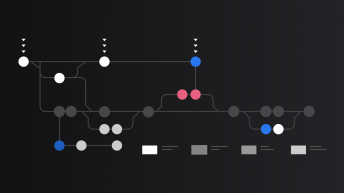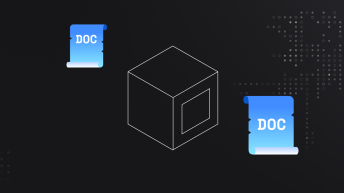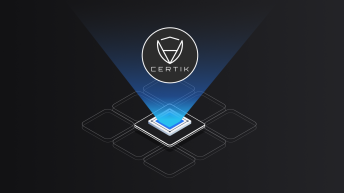We are excited to continue the growth and development of Jur as we announce the updated $JUR Token Model. Important decisions have been made to redefine the $JUR Token Model with innovative, new features in order to better support the Jur Network.
The Token Model is part of the Jur Economy. Jur 2023 is highly focused on the Jur Economy as a catalyst of Jur’s growth potential.
The new sections of the Jur Documentation pertaining to the Jur Token Model offer clarifications on the following:
Other sections will follow, covering updated Tokenomics, Crowdloan Terms, and the Flywheel Dynamics of the Jur Network.
***
As Jur progressively decentralises, maintaining open communication with our community is a priority. It is up to the community to reflect and propose changes. Jur will become fully owned by the community. The Token Model is one of the elements necessary to achieve product-market fit, a pre-condition to full decentralisation.
The $JUR token is designed as a tool for coordinating actors in a distributed ecosystem; without it the system would not function properly. The Token Model will initialize and catalyze growth of the Jur Network.
Value generated by the $JUR token is delivered by the Network Flywheel, a topic that will be expanded in a future section of the Jur documentation.
***
Having said that, let us come to the news:
$JUR is deflationary
The $JUR token is deflationary. 1B of $JUR tokens have been generated, and no new tokens will be issued. 20% of each transaction fee is burned. In Web3, it is sometimes a matter of approaches rather than right and wrong. It is common to see systems in which an inflationary logic is present as a form of incentives for collators activity.
At Jur we have matured a different decision. We think it is more beneficial for Jur to take an approach of organic growth in the number of collators. Collators in Jur are paid with the 20 percent of transaction fees transactions and from deflation built into the system itself. The number of collators will grow organically as the number of transactions in the chain itself grows organically. We do not introduce inflationary systems, which are in fact by their nature dilutive of the token’s value. The security of the network is on the other hand guaranteed by Polkadot, and the decentralisation implied by more collators will happen gradually as the Jur Chain usage grows. A deflationary mechanism presents the further benefit of introducing a timeless logic of value creation for network actors. Each transaction generates a decrease in the circulating supply of tokens generating a value accrual directly proportional to the use of the chain at any point in time, without being time-bound to initial settings and estimations made by the core team prior to deploying the Mainnet.
Read more here.
$JUR – Society Rewards
An innovative element in Jur concerns a choice of use of transaction fees. A substantial portion (40 percent) of transaction fees is dedicated to rewarding the most active communities on Jur, i.e., those that use the Jur Chain the most. This innovative logic causes the chain to indirectly redistribute $JUR tokens to the most active users, generating progressive power in their hands to direct the growth and development of the network itself. $JUR token holders, that meet specific criteria (defined in the subsequent section), actively decide recipients of these rewards.
This logic supports the vision of a network designed to be foundational to multiple network states and determines in the long run the basis for a competitive advantage over any other possible construct. This aspect of the token model is designed to exponentially enable network effects, making the chain and Jur, as an ecosystem, the best for creating new forms of censorship -resistant communities and network states. The goal is to make Jur the infrastructure where the incentive system and the presence of an already developed ecosystem makes experimentation and creation in the network states field as effective as possible.
Read more here.
$JUR Staking: meta-citizenship
We are particularly pleased to introduce a different approach to staking. At Jur, we identify the $JUR holder as one who generally believes in a future in which Network States become a reality. The $JUR holder intends to participate in and contribute to the change.
The $JUR holder can become a meta-citizen by staking a minimum amount of $JUR. He accumulates a score expressed in weJUR, receiving one weJUR for every 24 hours of staking. The higher the weJUR score, the greater its weight and the percentage of Society Tokens allocated to meta-citizens rewards it will receive. Jur will allow the issuance of Initial Society Offerings of various kinds. A percentage of each token generated will be issued to those who are staking $JUR.
$JUR is designed to condense the value of the social constructs and related economies created on Jur as a network. This logic results in direct co-participation and co-interest of $JUR holders in each Society created on Jur, resulting in a boost and incentive for the success of the Jur ecosystem as a whole. Each $JUR holder accrues an interest in the success of the entire Network States ecosystem, and mutually, the most successful Societies (i.e. communities) receive $JUR so that they become co-interested in the ecosystem as a whole.
The $JUR Token model is intended to be an enabler of a thriving and growing ecosystem of hundreds of Web3 Societies, some of which will issue their own Tokens and evolve into Network States.
Read more here.
Stay tuned for the upcoming Jur Economy sections!




